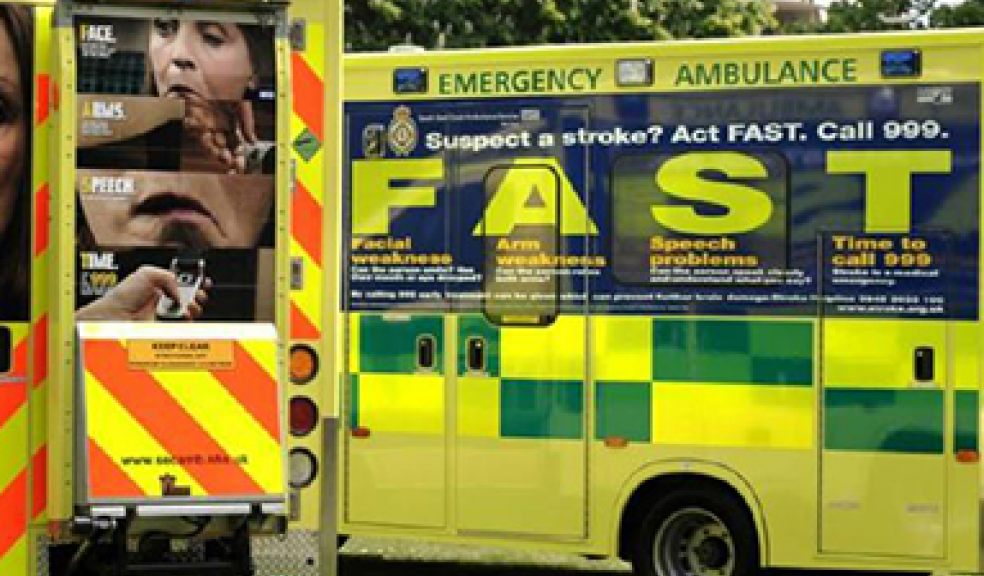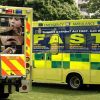
Exeter Impact Awards Focus: Stroke treatment
Led by researchers Dr Thomas Monks, Dr Martin Pitt, Prof Ken Stein with support by Project partners South West Peninsula Heart and Stroke Network this project looks to help alleviate the dangers of sudden stroke.
Stroke is the third cause of death and greatest cause of adult disability within the UK. The only licensed treatment is thrombolysis with the ‘clot-busting’ drug altepase which significantly improves outcomes but is critically time dependant.
In collaboration with the SW Peninsula Heart and Stroke Network researchers used innovative computer simulation and data analysis to model stroke pathways and identify changes which most benefit patients.
This has helped deliver a four-fold increase in patients treated and halve the time taken to deliver thrombolysis at Exeter Hospital with other regional hospitals showing similar benefits using the treatment.
The research has been widely disseminated and acclaimed.
Thrombolysis with intravenous alteplase is currently the only licensed treatment worldwide for acute ischemic stroke. The benefit is critically dependent on time from stroke onset to treatment with an exponential decay in the odds of a favourable outcome up to 4.5 hours.
Although the benefits of the treatment are widely recognised, uptake of alteplase remains limited. International data show only 4.3% to 10% of ischaemic stroke patients receive thrombolysis.
In South West England, where the rural context presents particular challenges, 2011 data showed rates ranging from 2% to 4.5%. Interventions to improve thrombolysis rates have to date involved a trial and error approach where any benefits are evaluated post implementation.
In collaboration with the SW Peninsula Heart and Stroke Network the researchers’ innovative approach used computer simulation and quantitative analysis to evaluate the impact of proposed changes prior to any implementation.
A key benefit of their model was a visualisation of patient pathways which provided a basis for communication and helped bridge barriers between different departments within hospitals. It allowed A&E clinicians, acute stroke unit and the South-West Ambulance Trust to work together and identify changes to the stroke pathway ahead of alterations to the real process, based on an understanding of the real benefits.
The pilot site was the Royal Devon and Exeter Hospital. The study recommended two changes that carried little to no cost for the hospital. Both of these were implemented. Paramedics now ring a dedicated phone number to alert clinicians to the imminent arrival of potential stroke patients.
This allows necessary resources to be in place as the patient arrives at A&E. Modelling has also led to improved information sharing between triage nurses and the stroke unit to facilitate patient management.
The latest quarter figures from the RD&E show that since study commencement average door to treatment times have fallen from 109 to 49 minutes with an increase in treatment rates from 4% to 16%. In real terms this equates to 100 strokes receiving treatment per year compared to 25 at study commencement.
The team have now extended the model using local data at the acute hospitals in Plymouth, Barnstaple and Truro, as well as the South-West Ambulance Trust. Each collaborative project led to specific local proposals for changes in the acute stroke pathway. Once implemented we estimate an increase in the number of patients treated in the region’s hospitals from 100 to 400, with a corresponding reduction in long-term stroke disability.
The work is on-going and potentially transferable to acute hospitals across the UK.

















